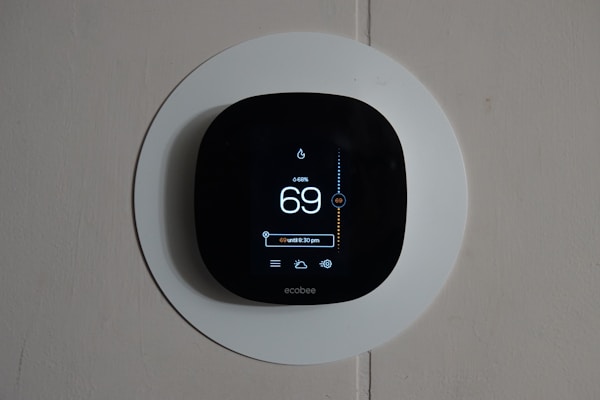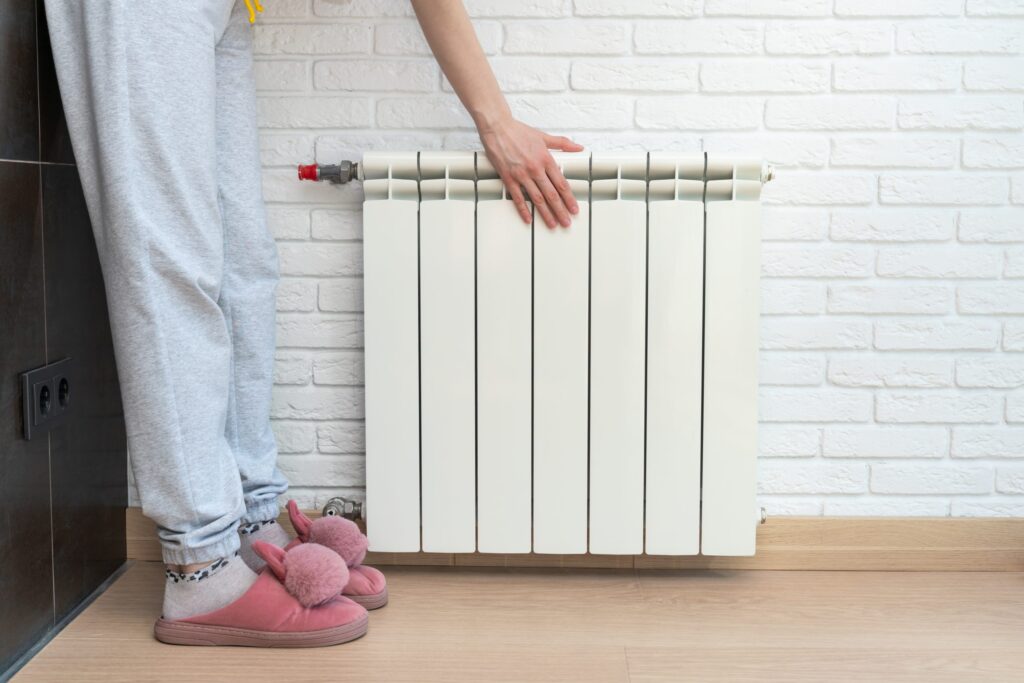It’s no secret that the temperatures can get pretty chilly outside during the winter, but you don’t have to be cold inside. A heater is an important part of any home in the winter. Heating your home is required to keep you warm and toasty during the cold months. There are several different types of heaters that can be used, and each has its own benefits and drawbacks. It can be difficult for homeowners, particularly first-time homeowners, to know what heater is best for their home. Fortunately, there are plenty of resources available to assist you. If you’re not sure where to start, keep reading to find out how you can choose the right winter heater for your home.
How can you choose the right winter heater for your home?

When it comes to winter heaters, you will definitely need to invest in one if you live in an area with a cold climate. You can find many types of heaters, but the most common are radiant, electric, non-electric, natural gas, and kerosene. Learning about the purpose of each heater and the differences between them is necessary if you want to find the right one for your home. Electric heaters are the most commonly used in the United States and they’re probably what most of us are used to. They’re often the most efficient and they present fewer safety risks.
Electric heaters aren’t your only option though. Radiant heating has always been widespread overseas, but it has recently started to gain popularity in the U.S. too. With a radiant system, objects are heated, rather than the air. That means your floor will be the main source of heat in your home. They can be installed in apartments but are also often used in garages and rooms that are used primarily for storage. If you need to heat an extremely large area, you may want to opt for a natural gas heater, as they are most effective in big spaces.
No matter what type of heater you choose, you will need to have it installed by a professional and maintained regularly. An HVAC technician can talk to you about the pros and cons of each type of heater, then ensure that your system is in good working order. You should plan to have the unit inspected annually to prevent avoidable problems or breakdowns.
What else can you do to keep your house warm in the winter?

A winter heater is by far the best way to keep your home warm and cozy all winter long, but that doesn’t mean it’s the only step you can take. For example, you should always inspect the condition of your windows and doors before the temperature starts to drop. Cracks and crevices could let in outdoor air, moisture, and other pollutants. It can also allow heated air to escape, which will force your HVAC system to work harder, raising your utility bills. Address any flaws or imperfections with caulk or weatherstripping before the cold weather arrives.
Additionally, upgrading to a smart thermostat can make it even easier to maintain your preferred indoor temperature during the winter. Not only does it save you money on your energy bill, but it can also help you conserve energy and make your home more comfortable. Smart thermostats are able to do this by learning your habits and adjusting the temperature accordingly. Some models are even able to provide insights into your consumption habits, so you can optimize your HVAC system to be as eco-friendly as possible.
If your goal is to ensure that your family stays warm and comfortable during the winter season, then you need to invest in a high-quality winter heater. By taking the time to research and compare different types of heaters, you can select the best one for your needs and budget. You can take other steps to create a warmer home environment too. You can start by sealing any cracks in your windows and doors, then install a smart thermostat so you’ll have even more precise control over your indoor temperature. Follow the tips in this article and you and your entire family will be nice and toasty, no matter what the weather is like outside.





